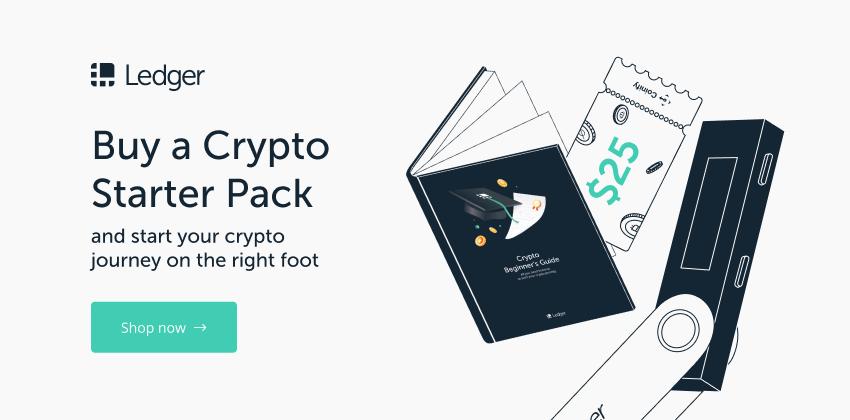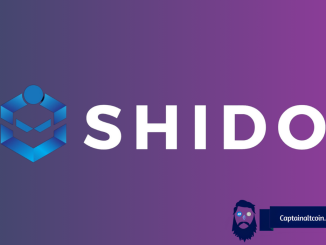The CEO of Edge & Node shares how The Graph network – sometimes called the “Google of Web3” – is supposed to help organize data for other protocols.
Nov 8, 2023 at 9:00 a.m. CST
Updated Nov 8, 2023 at 9:27 a.m. CST
:format(jpg)/cloudfront-us-east-1.images.arcpublishing.com/coindesk/DYGSBDKYPBADZBS5GG77NTHH5U.jpeg)
/arc-photo-coindesk/arc2-prod/public/LXF2COBSKBCNHNRE3WTK2BZ7GE.png)
10 Years of Decentralizing the Future
May 29-31, 2024 – Austin, TexasThe biggest and most established global hub for everything crypto, blockchain and Web3.Register Now
The Graph, a project that says it’s sometimes called the Google of Web3, has come out with a new roadmap, outlining new features the network will add as it characterizes itself as the leader of “indexing” data from blockchains.
Tegan Kline, the CEO of Edge & Node, the initial company developing The Graph, caught up with CoinDesk to give us an update on what The Graph is up to.
- “We will need a data availability layer in The Graph’s ecosystem.”
- “Almost all of DeFi uses The Graph.”
- “There’s really no decentralized competitor today. The biggest competition is people that are splitting it up in-house in a centralized way.”
This article is featured in the latest issue of The Protocol, our weekly newsletter exploring the tech behind crypto, one block at a time. Sign up here to get it in your inbox every Wednesday.
Q: Tell us a little bit about The Graph?
A: The Graph organizes data in a decentralized way. So you could think of what Google does for the traditional web and organizing data so they can easily search it, The Graph does that but instead of there just being one company that can own and control and change the data, or potentially even just pretend that the data doesn’t exist, The Graph Network has over 200 Google-like companies that are independent all around the world, that are organizing data and serving that data like indexing and querying. Indexing is just organizing data. And then querying is like pinging the data or searching the data.
So the Graph was the first to index data in the blockchain space. We started with the hosted service and now we have the decentralized network that’s been operating for almost three years, and there are over 1,000 applications on the network today
.Q: Can you go into more detail about how indexing works?
A: Different blockchains have data on them, but the data is not organized. And so before The Graph, there was really little usage on Ethereum, and Ethereum was the main blockchain that people needed data from back at that time. With The Graph, we organize that data, that’s on Ethereum, so developers and dapps can easily access that data, and so then applications can load quickly.
Q: Data availability – that seems to be a big topic of conversation in the Ethereum ecosystem lately – is that also needed for a protocol like The Graph?
A: We will need a data availability layer in The Graph’s ecosystem. You can kind of think of the Web3 stack as having multiple pieces. You have the blockchain at the bottom, and then one layer is the data availability layer, one layer is the indexing, and then the applications live on top of that stack. The Graph is a different part of the stack.
Q: How does The Graph compare and contrast with protocols like Chainlink – Chainlink’s oracle is feeding data into blockchains and you (The Graph) are feeding data off of blockchains onto websites?
A: Yeah, it’s a great comparison.So Chainlink is bringing data onto the blockchain and The Graph is organizing public data that’s on the blockchain. So for example, we have a partnership with Chainlink and we can organize Oracle data.
As an example, because Chainlink, the oracle is putting that data on-chain, they’re verifying it, and then The Graph is able to organize that data.
So Chainlink has all the data in the world, putting that on-chain. We have the on-chain data, taking that to the rest of the world. And we believe over time, more and more data will be on-chain.
Q: Who are you indexing that data for? Who are your customers?
A: There are so many different examples. So for example, an NFT marketplace.
So Art Blocks leverages The Graph to organize data for their NFT marketplace: seeing how many NFTs were sold and how many are in the collection, what’s the price? That’s an example of that data is all pulled from The Graph.
The data is on the blockchain when it comes to on-chain transactions, and so those on-chain transactions, you want to be able to pull those in real-time, and you have to organize the data in an efficient way.
So applications are able to outsource this indexing to The Graph network, so they just can focus on building really amazing applications.
It’s the same as you would use a Comcast, as opposed to building out your own telecom line in your house. Same with The Graph: you’re outsourcing that to The Graph network, so you don’t have to think about it and you can just build really amazing applications.
Almost all of DeFi uses The Graph. For example, Uniswap, to see the prices of the tokens, all of that data is pulled using the Graph network.
Q: Who are your competitors? Who do you bucket yourself with and what projects are most similar to The Graph?
A:
The Graph was the first to ever provide indexing for the Web3 space. There’s really no decentralized competitor today. The biggest competition is people who are splitting it up in-house in a centralized way.
Q: So where is all this going? Is The Graph going to be alone in this?
A: One of the great things about The Graph is we are blockchain agnostic. We support 40 chains right now between the hosted service and the network. So that’s been really nice, just not because crypto tends to get a bit tribal.
And so it’s nice that we can kind of unite the ecosystems together. But I’m really excited about the future. You know, I think we’ve already proven we’ve proven the monetary policy side of crypto right with bitcoin and the need for a sound monetary system in my opinion we have but where you know where the opportunity is, and where I’m really excited about is the Web3 side because we have to build out this decentralized open-source permissionless technology.
And, we work on data, right? And we’ve created a new incentive system around data so that no one company can own and control that data. And really, it’s about giving public data back to individuals and not having control of it as a company.
I think with crypto and Web3, we’re creating a movement that is free, it’s self-sovereign, and we have to make sure the Web3 stack is fully decentralized. Otherwise, there’s really no point in doing what we’re doing. It’s not going to be forced on anyone but I think giving people an option away from the centralized world is a really great, great thing.
Q: There’s the Graph, Edge & Node, and a foundation? How does that all differ?
A: Edge & Node is the initial team behind The Graph; we developed the protocol. The foundation launched the protocol. And now seven core developers are building and contributing to the development of The Graph protocol.
One of the examples is Messari, they’re a core developer. And they build subgraphs, which are the open APIs that applications use. They standardize that data so that large institutions can leverage that standardized data
Read more: The Graph, Known as ‘Google of Web3,’ Plans AI-Assisted Querying
Edited by Bradley Keoun.
DISCLOSURE
Please note that our privacy policy, terms of use, cookies, and do not sell my personal information has been updated.
The leader in news and information on cryptocurrency, digital assets, and the future of money, CoinDesk is an award-winning media outlet that strives for the highest journalistic standards and abides by a strict set of editorial policies. In November 2023, CoinDesk was acquired by Bullish Group, owner of Bullish, a regulated, institutional digital assets exchange. The bullish group is majority-owned by Block. One; both groups have interests in a variety of blockchain and digital asset businesses and significant holdings of digital assets, including bitcoin. CoinDesk operates as an independent subsidiary, and an editorial committee, chaired by the former editor-in-chief of The Wall Street Journal, is being formed to support journalistic integrity.
:format(jpg)/s3.amazonaws.com/arc-authors/coindesk/7dc71a1a-5122-47cc-9bbf-82501f65b060.png)
Margaux Nijkerk reports on the Ethereum protocol and L2s. A graduate of Johns Hopkins and Emory universities, she has a masters in International Affairs & Economics. She holds a small amount of ETH and other altcoins.
Follow @cryptauxmargaux on Twitter







Be the first to comment